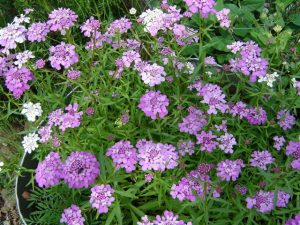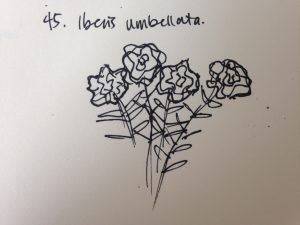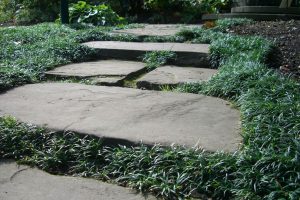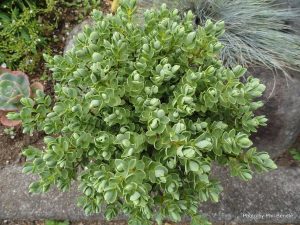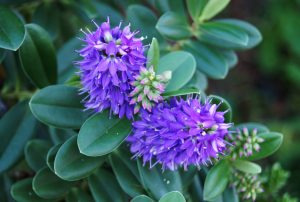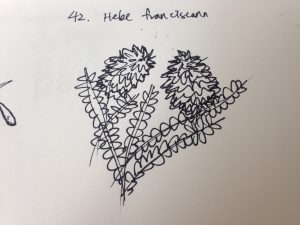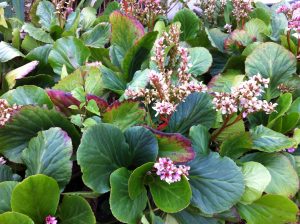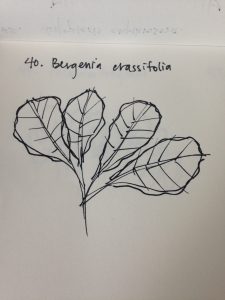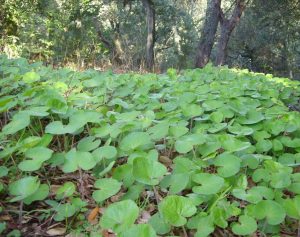

(image from google images)
Common name: winter heliotrope
Size, form, texture: height 6-12 inches, bulbous head on stalk.
Hardiness, origin, native ecology: tender shrub from the tropics, known for sweet baby powder fragrance, “mushroom like” shape, can be invasive/aggressive, won’t come up where dense cover but will show up in holes in landscape, European species, prefers sun to part shade.
Bud, foliage, flower and fruit characteristics: flowers in feb/march, flowers in spring before leaves come, bloom purple or white, foliage is deciduous smooth, succulent leaves.
Cultural and maintenance requirements and appropriate uses in the landscape: Good ground cover in summer, dies down in winter, medicinal properties, aka colt’s foot (lead shaped like horse’s hoof), good on slab, should be contained, clean looking, nice dense ground cover.
